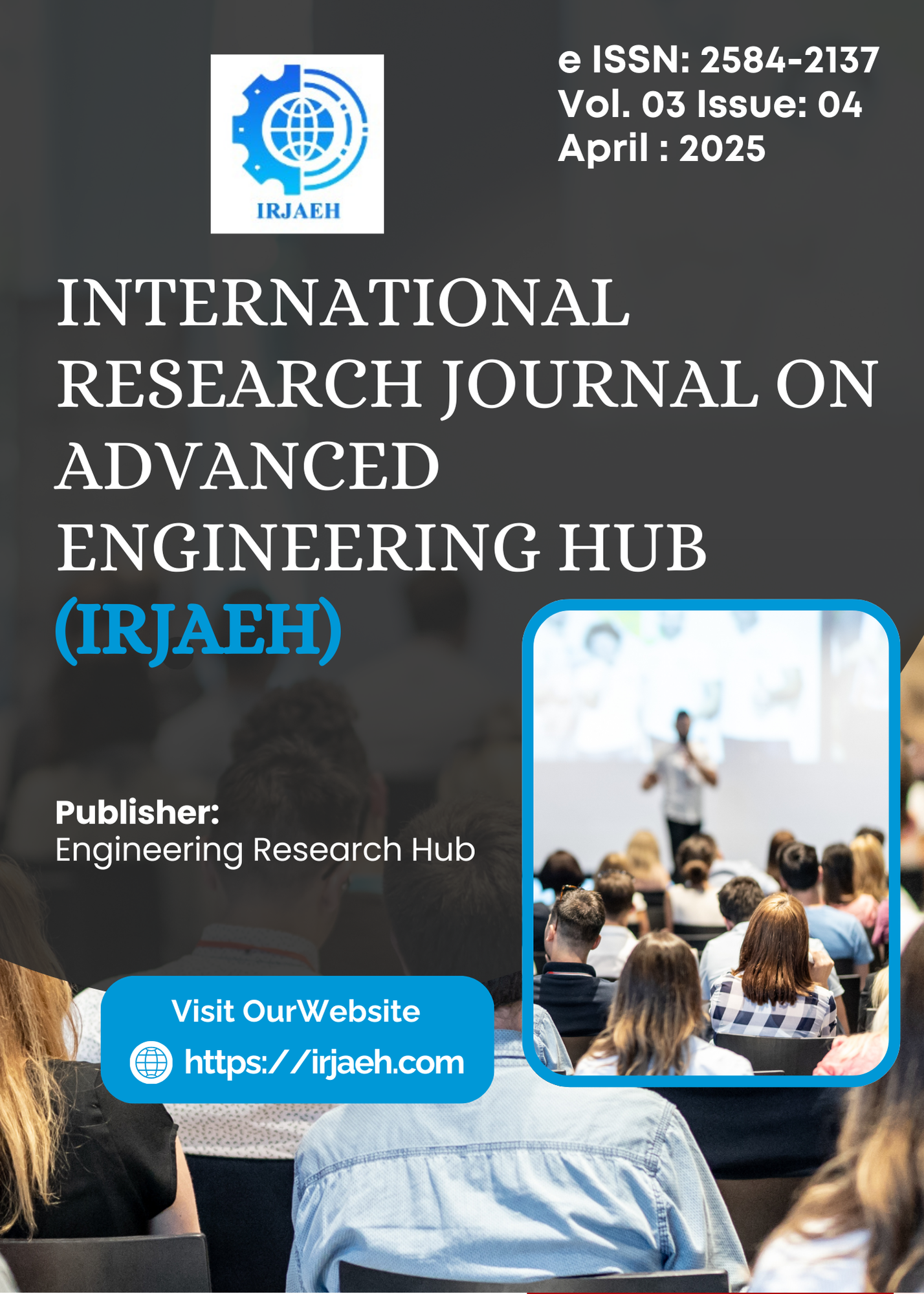Development and Analysis of Load Flow for a Distribution Feeder Using ETAP-A Case Study Investigation
DOI:
https://doi.org/10.47392/IRJAEH.2025.0207Keywords:
NR Method, ACSR conductor, ETAP, 11KV feeder, Voltage regulationAbstract
This Paper uses the ETAP to study load flow analysis on an 11 kV distribution feeder, Data on load including KVA, KVAR, and KW, is gathered from a power distribution firm. Modeling the load flow diagram both before and after the high tension (HT) line is the main goal. In load flow analysis, the Newton-Raphson method—which is renowned for its precise and robust convergence properties—is used to identify transformer overloads, pinpoint specific areas with under voltage and overvoltage conditions at different bus points, calculate real and reactive power losses throughout the network, and evaluate the overall power factor. For better understanding and interpretation, the results were graphically shown such has power factor versus load, KVAR flow versus bus IDs, and kW losses versus loading conditions. The distribution network's performance was clearly shown by these visualizations, which also highlighted important areas that needed attention in order to increase dependability and efficiency. Finally, the project was successfully simulated and analyzed in the ETAP software, and the load flow analysis on an 11kV distribution feeder was done using the Newton-Raphson method. This method provided insightful information about power losses, transformer overloads, and voltage irregularities, and it greatly improved the electrical distribution networks, optimization and reliability.
Downloads
Downloads
Published
Issue
Section
License
Copyright (c) 2025 International Research Journal on Advanced Engineering Hub (IRJAEH)

This work is licensed under a Creative Commons Attribution-NonCommercial 4.0 International License.

 .
. 